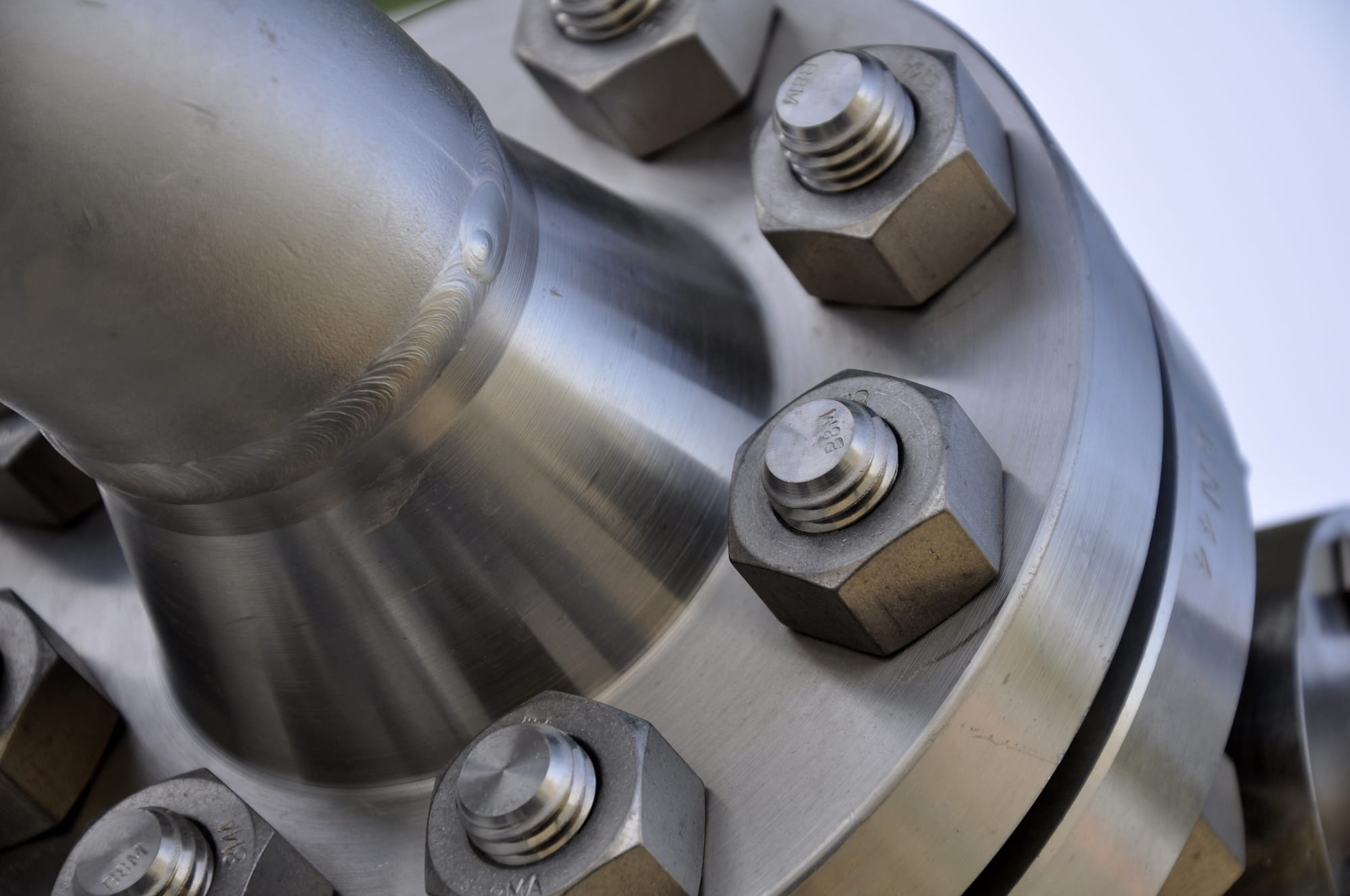Proof Load Testing
Proof load testing is a type of mechanical testing used to ensure that a structure or component can safely handle its intended load without failure. It’s commonly performed on critical equipment, structural components, and lifting devices. Here’s how it works:
1. Purpose:
- The goal is to verify that the component or structure can bear a load equal to or greater than its designed working load, often referred to as the “proof load.”
- Proof load is typically higher than the normal working load but lower than the failure load, ensuring a margin of safety.
2. Test Setup:
- The equipment or structure to be tested is securely installed or positioned in a testing setup designed to simulate the actual conditions of use.
- Test apparatuses like hydraulic systems, weights, or other controlled loading mechanisms are used to apply the load.
3. Execution:
- A load equal to the proof load is gradually applied to the structure or component for a specific duration, typically under controlled conditions.
- The component is monitored for any signs of deformation, strain, or failure during the test. Measurements like strain, deflection, or elongation may be recorded.
4. Key Results:
- The sample will show any permanent deformation, cracking, or damage after the load is removed.
- The results demonstrate whether the component meets requirements and is suitable for its intended use.
5. Applications:
- Frequently used for lifting equipment (e.g., cranes, hoists, slings) to certify their load-bearing capacity.
- Common in structural engineering to test bridges, beams, or other load-bearing structures.
- Used in manufacturing industries for tools and machinery components.
This test ensures safety, reliability, and compliance with engineering standards. It’s particularly important for components used in critical applications where failure could lead to accidents or significant damage.
